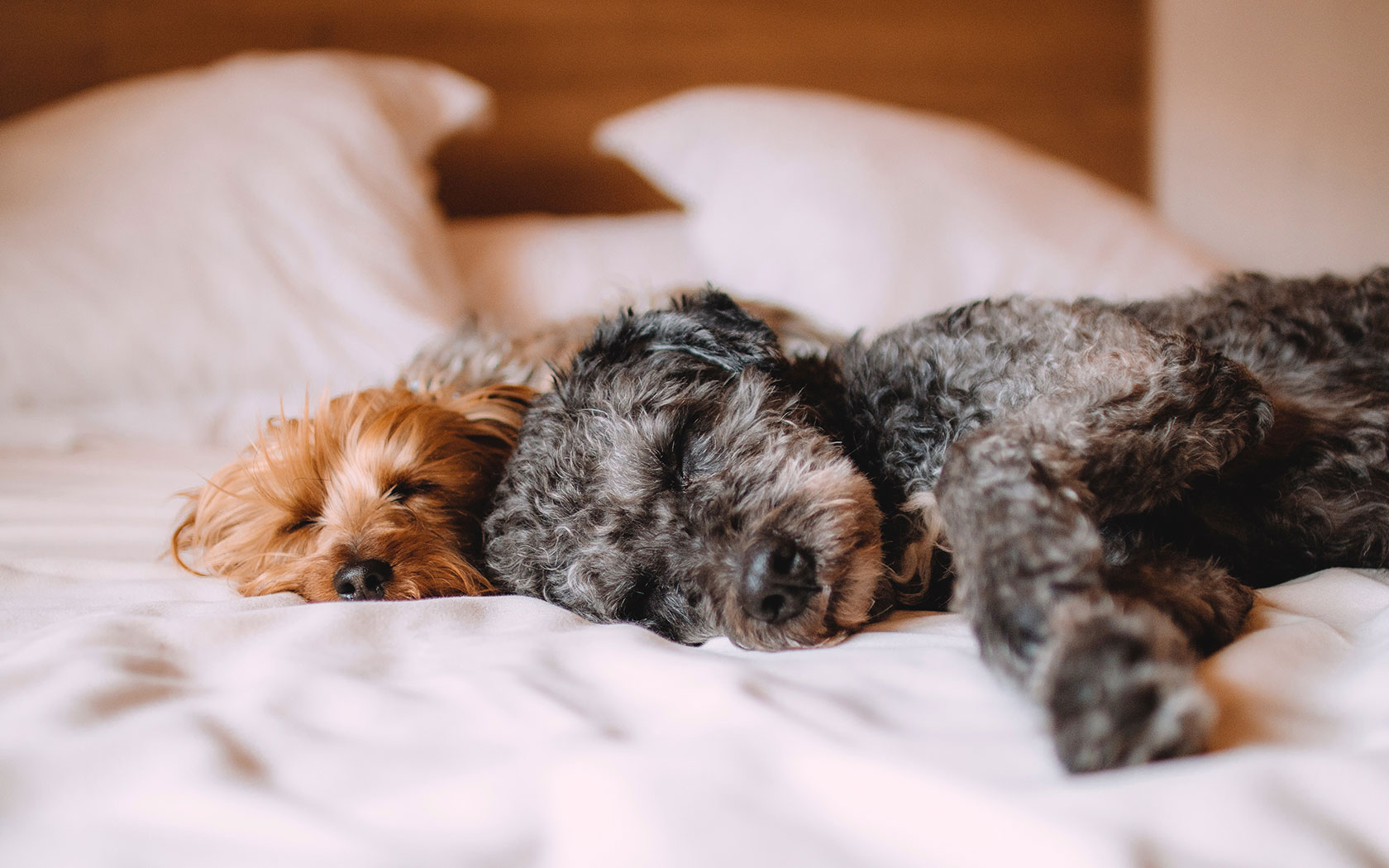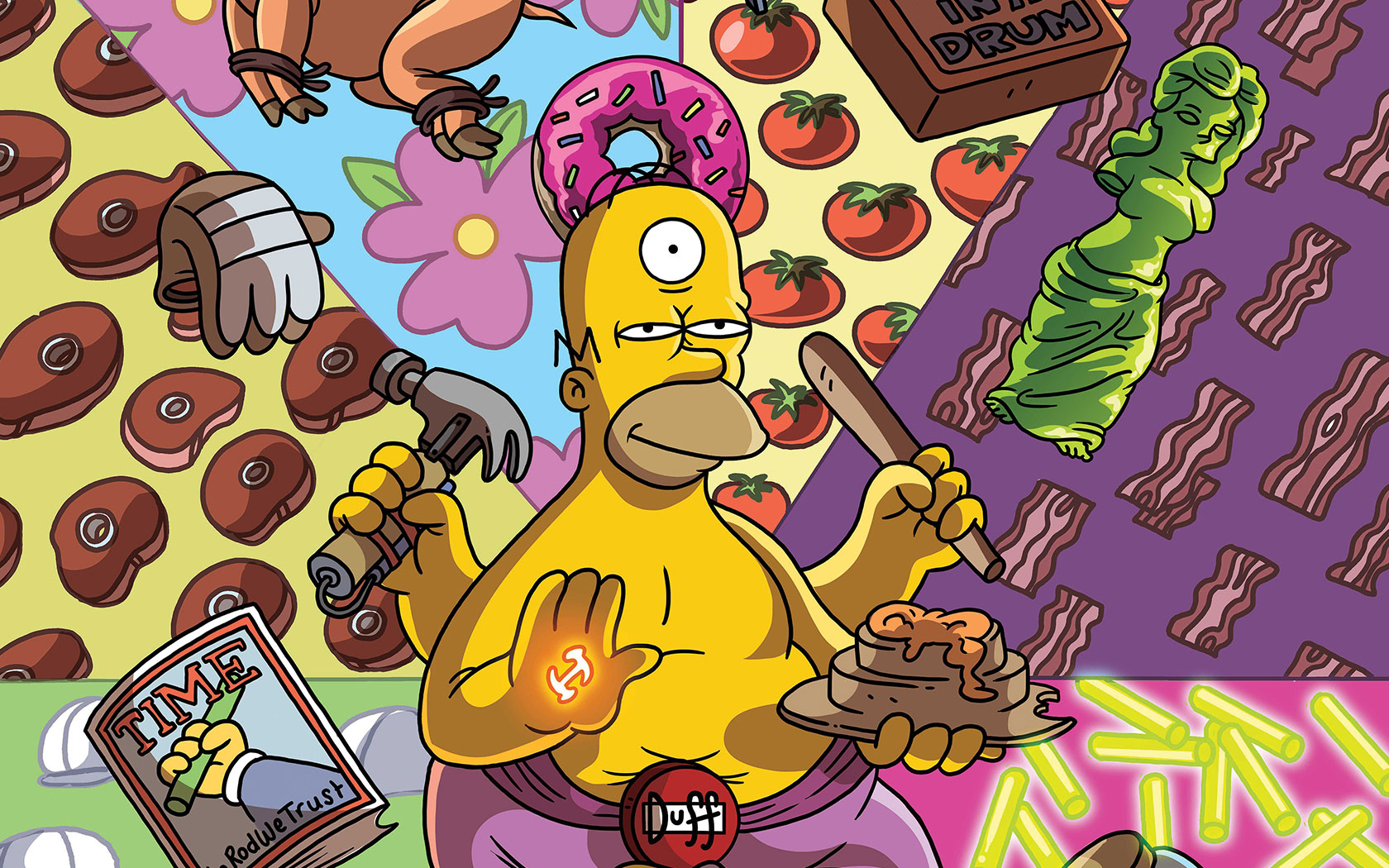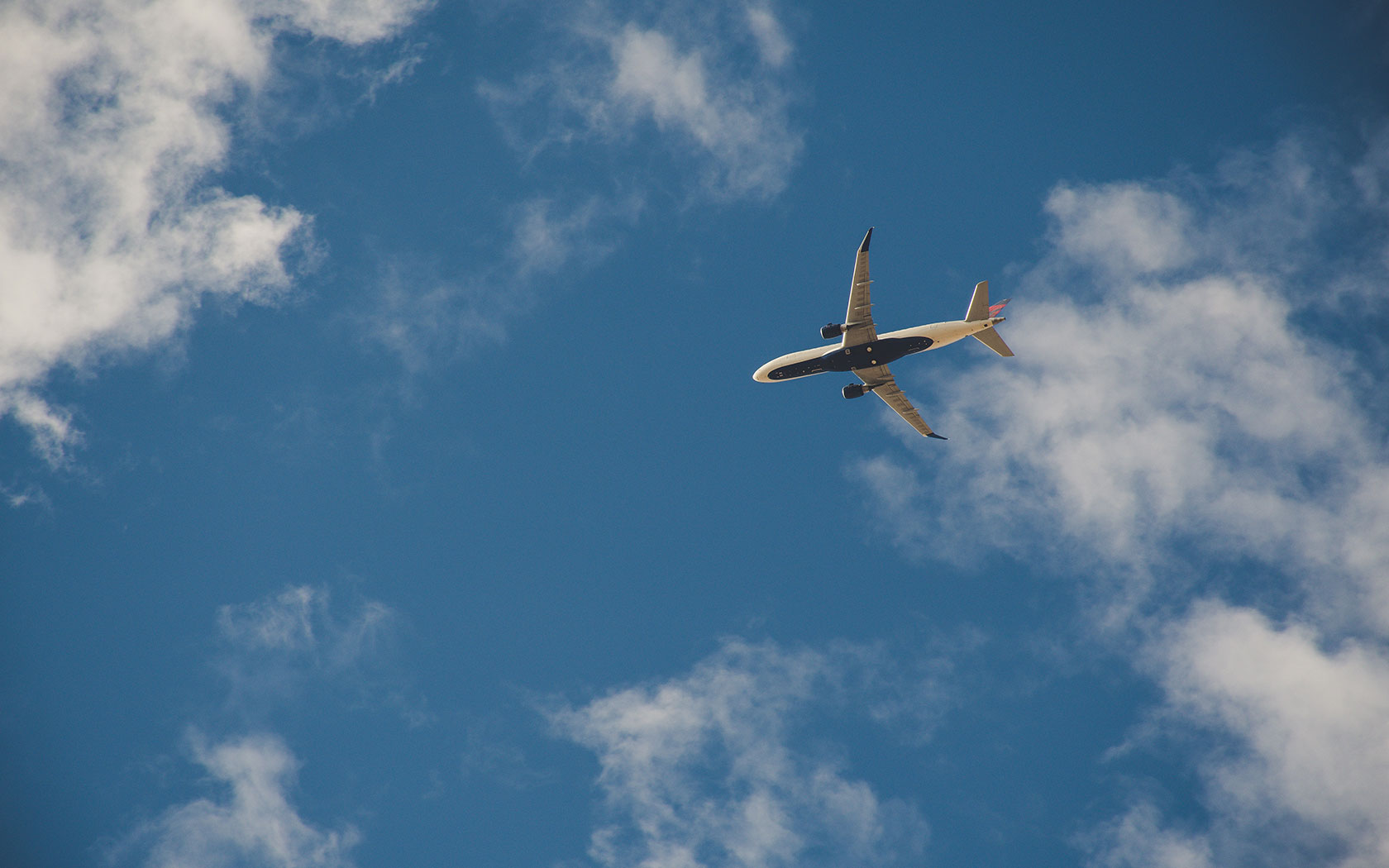How To Train Your New Dog From Home Now Puppy Preschools Are Shut

Kassia is the Editor of AWOL, and a straight-up travel…
The rates of pet adoption have gone through the roof since we all went into lockdown. Many adoption centres have seen double the numbers of pets being taken home, and nearly triple for fostering. It makes sense, puppies need some time to adjust and having you home 24/7 is the best way to make that happen smoothly.
The problem is that there are no behavioural classes to help get your new puppy trained, and that some people might be making a rash decision out of weird circumstances. The latter, obviously, should never happen.
To help you decide if getting a new dog is the right choice, and to help you train the little guy if you decide that it is, we spoke to PETstock’s PETschool Manager and professional dog trainer, Tina Button.
have not stopped thinking about this since I saw it. it’s so good pic.twitter.com/zYYy7moKGX
— Megan Frantz (@megsfrantz) August 27, 2018
What should you consider before adopting a dog?
“The most important thing to consider before adopting a dog is your lifestyle,” explains Tina. “Potential pet parents need to carefully evaluate their choices such as how active they are or how often they spend time at home.”
“For example, if you live a more sedentary lifestyle, an older, more settled dog may be a far better fit than a young, energetic puppy. If you spend a lot of time away from home, a cat may be a better companion as they’re better adept at being left alone.”
“Remember to consider your future lifestyle too. While we’re all at home now, when we get back to our usual routines, will your new pet be suited to being left alone while you’re at the office?”
“Also ensure that you have received all relevant information about your rescue dog, such as Vaccination, worming, flea treatment schedules and microchipping and desexing certificate.”
CRUELLA DEVILLEEEEE
CRUELLA DEVILLEEEEE
IF SHE DOESNT SCARE YOUUU
NO EVIL THING WILLLLLL pic.twitter.com/oolmha2UbJ
— Goro Majima Stan Account (@ThaTrail) August 5, 2018
What should you expect when you bring home a new dog?
“It can take some time for a dog to adjust to their new home, particularly for those that have been adopted,” Tina says. “A rescue dog may sleep a lot in the first few days of being in their new home as it will be a quiet, relaxing environment in comparison to the animal shelter.”
“Expect your dog to be curious. They will explore every inch of their new home until they are completely settled and comfortable with their new environment.”
What supplies should you have ready for them?
Food and bedding may be some obvious answers to this, but Tina suggests there are many other supplies required to keep your pet happy and safe in their new home.
ID tag / collar: “Having a collar with an updated ID tag ready for your dog upon arrival is important step to ensure their safety.”
Gates and fences: “Ensure there are no holes or weak spots along the fence line, particularly if they will be spending most of their time outdoors.”
Enrichment toys and treats: “Having some toys available is incredibly important when introducing a new dog into the home, particularly as chewing relieves stress and calms a dog’s mind.”
“Giving your pet interactive toys to play with provides stimulation and reduces behavioural issues and destructive behaviours associated with stress and boredom. [It] will also help with puppies when they are teething, giving them something to chew other than your socks or favourite shoes.”
Grooming supplies: “Regular grooming is a great way to keep your pet happy, healthy and establish the bond between you. Now that we are heading into winter, brushing your dog’s coat daily will remove tangles, dirt and dead hair, as well as increase skin circulation and distribute oil.”
my dog’s best friend is a brick pic.twitter.com/AcWZM4JvZJ
— ari (@aritsmo) May 30, 2018
How should you train a new puppy?
Training a dog can be very overwhelming, and make them super annoying for every future visitor if you don’t get it right. Puppy preschools are obviously a great place to help get you started, but until they’re back, Tina has a few suggestions to focus on.
“Training your new puppy to recognise their name is one of the very first things you should teach them and is also one of the most important,” she recommends. “[Helping your dog] Develop good recall skills will be hugely beneficial to a new pet parent.”
“During their first few months, puppies tend to bite and chew,” Tina continues. “Teaching them to not chew at your hands, feet or face is important as this will affect how they behave throughout their life. If you have small children in the house this is a particularly important training method.”
“Teaching them good manners and behaviours when it comes to food is another important tool. A great way to do this is by making them sit and stay for each meal and interrupting them while they are eating to teach them to not be so protective of their food, particularly when eating around other dogs or humans.”
“Separation related behaviours is a common issue pet parents face, and small changes can make a big difference in stopping or preventing this behaviour. It’s recommended that even while you’re home your dog should spend at least 40 minutes outside to learn that it’s ok to be apart and to settle or entertain themselves.”
“Additionally, don’t make a big deal of leaving or returning home as this only teaches our dogs that it is a big deal. Put them outside 5-10 minutes before you leave the house and when you return home, spend 5-10 minutes inside before greeting them, ensuring you only greet them once they’re calm, including making them sit and stay at the door before being invited inside.”
“Our dogs will mirror our energy and behave in the way they believe will achieve attention and reward, so project calm and only reward calm behaviour.”
“Finally, it’s important to teach them how to socialise. Being exposed to other dogs and humans early in their life will teach them how to be gentle and polite.”
big stick energy pic.twitter.com/35ThJdQBl7
— ☆ (@byebrina) June 28, 2018
How to deal with toilet training?
Obviously toilet training can be one of the sore spots with a new puppy. Tina says it’s all about noticing their body language, setting up a routine, and rewarding good behaviour.
“Watch out for signs that indicate your dog needs to go to the toilet [like] wondering around in circles, whining or sniffing at the ground.”
“Taking them outside after a meal, when they wake up or during play can help them identify when to go to the toilet. When taking them to the toilet, use a cue word such as ‘toilet’ or ‘wee’ while they are going. By doing this your dog will know to relieve themselves when they hear it.”
“Puppies respond best with positive reinforcement and it is a successful and effective way of toilet training. Rewarding them with cuddles or a treat after they have gone to the toilet in the correct spot means that your dog will recognise this area as where they will need to go to the toilet each time.”
A new pet can be a lot of work, but as we all know, the reward can be huge. If you’ve read through this whole thing and are still nodding your head about a new pet — then enjoy, and please allow me to come over for cuddles.
(Lead Image: Pexels / Adrianna Calvo)
Kassia is the Editor of AWOL, and a straight-up travel addict. She was born without a sense of direction, yet an intense desire to explore the world. As such, she's lost 90% of the time but she's learned to roll with it. You can catch her latest adventures on Instagram @probably_kassia.








